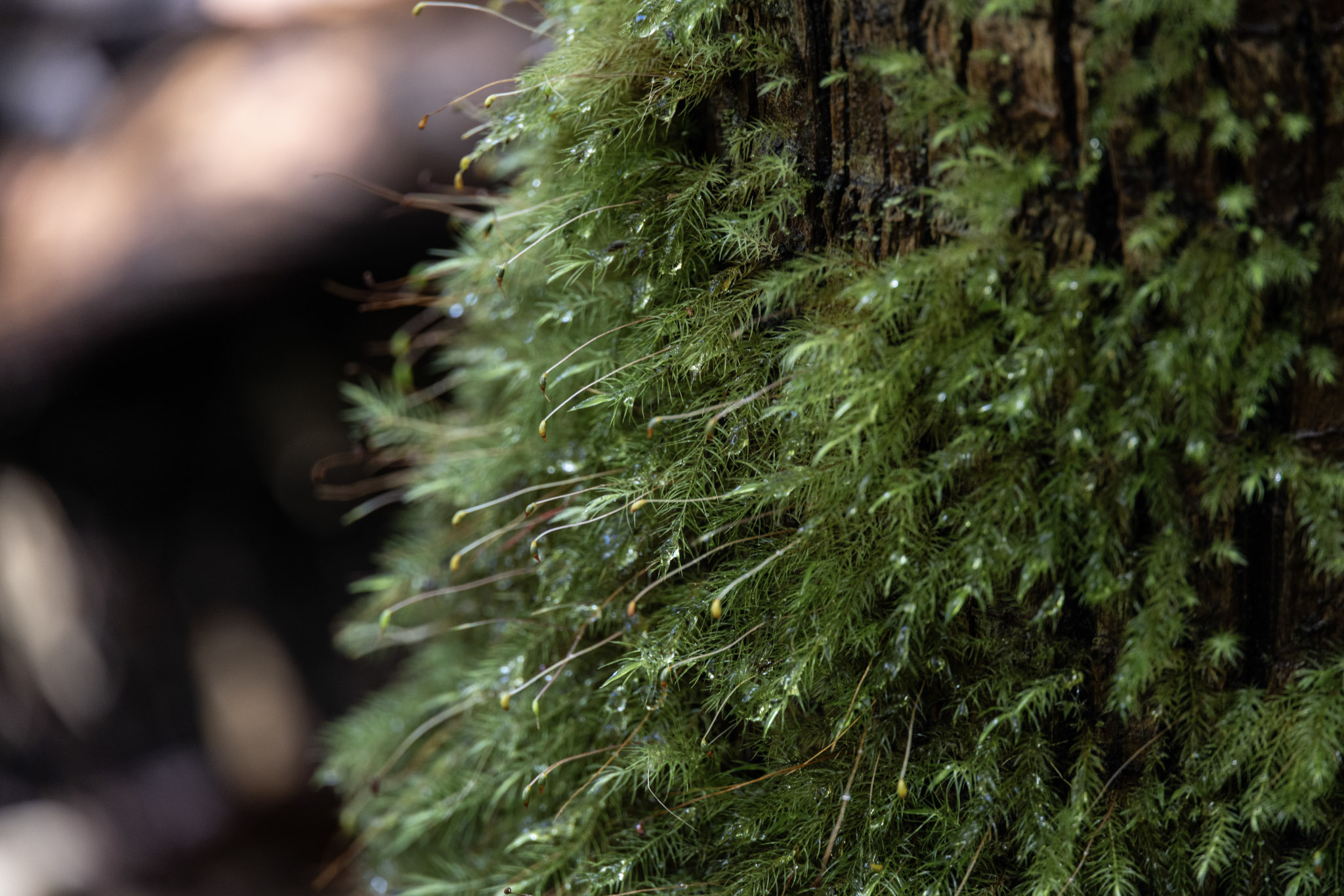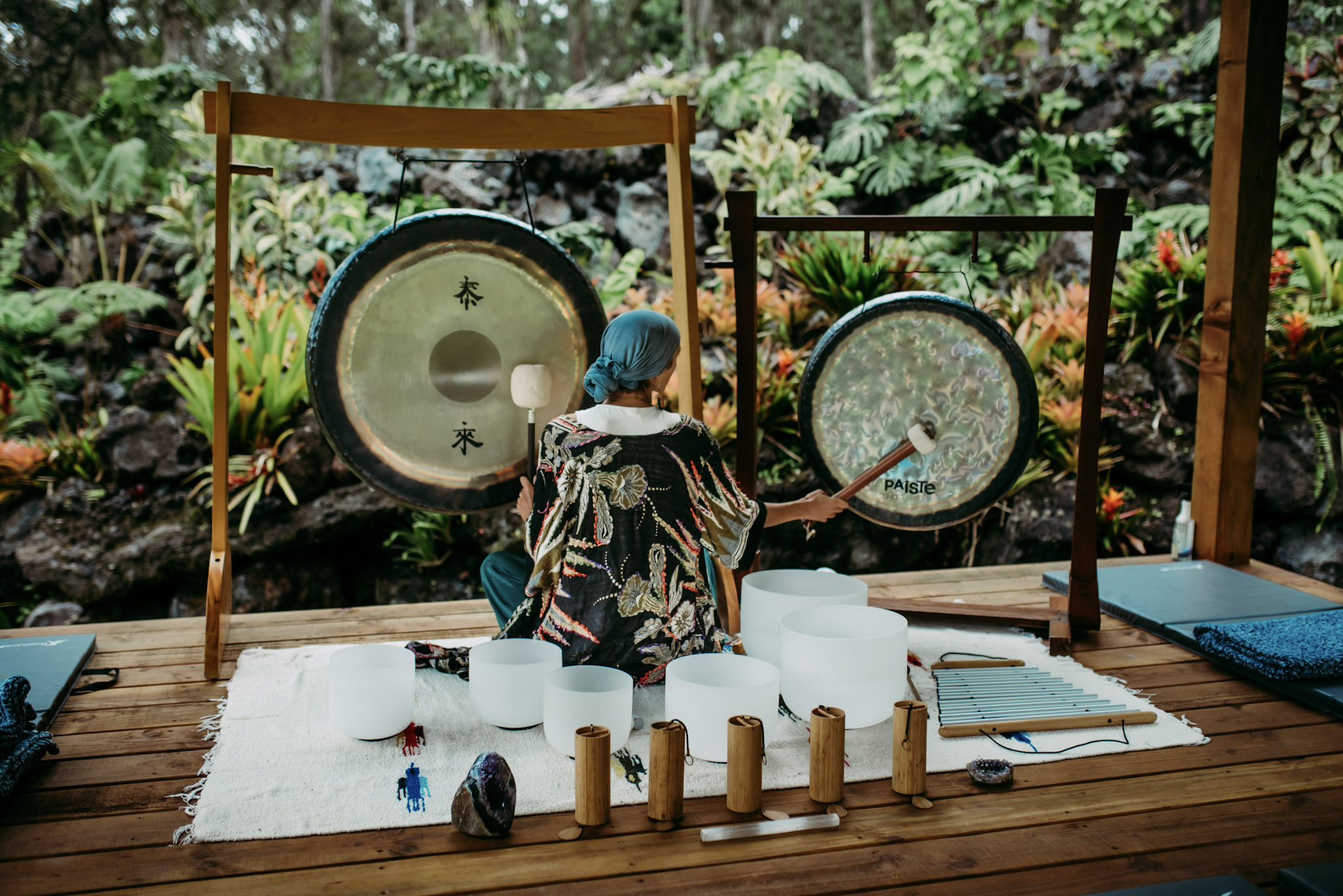Understanding the Role of Moss in Traditional Medicine
Mosses, small and often overlooked plants, have played a significant role in traditional medicine across the globe. These non-vascular plants, thriving in moist environments, are packed with unique properties that make them valuable in treating various ailments. From ancient European folk remedies to the sacred healing practices of Hawaii, moss has been a quiet yet powerful ally in the world of natural medicine.
An Overview of Moss and Its Natural Properties
Mosses are simple plants that lack the complex vascular systems found in larger plants. This simplicity, however, is part of their charm and utility in traditional medicine. Mosses absorb nutrients and water directly through their leaves, which also serve as the primary sites for their medicinal properties. These plants contain bioactive compounds like phenols, flavonoids, and terpenoids, known for their antibacterial, antifungal, and anti-inflammatory properties.
Why Moss? The Unique Characteristics That Make It Medicinal
Mosses are resilient and capable of thriving in harsh conditions where other plants might not survive. This resilience translates into a wealth of medicinal properties. The compounds found in moss are not just protective mechanisms against environmental stressors but also potent agents that can help humans combat infections, inflammation, and other health issues.
Historical Uses in Treating Wounds and Infections
In Europe, moss has been a staple in folk medicine, particularly for its ability to treat wounds and infections. During medieval times, moss was often used as a dressing for wounds, benefiting from its natural antiseptic properties. It was also believed to promote faster healing, making it a crucial component of herbal first-aid kits in rural areas.
Moss in Native American Healing Practices
Native American tribes also utilized moss in their healing practices. Moss was often used as a remedy for pain relief, applied directly to the skin to soothe aches and pains. In some tribes, moss held a spiritual significance, and its use in healing rituals was believed to bring the body back into harmony with nature.
The Role of Moss in Asian Traditional Medicine
In China, moss has been incorporated into traditional herbal medicine for centuries. Chinese herbalists have used moss to treat conditions like coughs, colds, and respiratory issues. The cooling properties of certain moss species are particularly valued for reducing fever and inflammation.
Moss in Japanese Kampo Medicine
In Japan, moss is part of Kampo medicine, a traditional form of healing that blends Chinese herbal practices with Japanese traditions. Mosses are used in various Kampo formulations to address issues ranging from digestive problems to skin conditions.
The Importance of Moss in Hawaiian Healing Traditions
Ethnobotany, the study of the relationship between people and plants, is central to Hawaiian culture. The islands’ rich biodiversity provides a wealth of resources for traditional healers, known as Kahunas. These healers rely on plants, including moss, to treat physical and spiritual ailments, ensuring the well-being of their communities.
Traditional Methods of Preparing Moss for Medicinal Use
The preparation of moss in Hawaiian medicine is a meticulous process, often involving rituals to honor the spirit of the plant. Moss might be dried and powdered or used fresh in dressing the skin. It is sometimes combined with other herbs to enhance its healing effects, particularly in treating skin conditions and respiratory ailments..
Antibacterial and Antifungal Properties
One of the most well-known properties of moss is its antibacterial and antifungal effects. These properties are due to the presence of bioactive compounds that inhibit the growth of harmful bacteria and fungi, making moss an effective treatment for infections and wounds.
Anti-inflammatory Effects
Moss also possesses anti-inflammatory properties, which can help reduce swelling and pain. This makes it useful in treating conditions such as arthritis, joint pain, and other inflammatory diseases.
Moss as a Source of Natural Antioxidants
Antioxidants are crucial for neutralizing free radicals in the body, which can cause cellular damage and lead to chronic diseases. Moss contains high levels of natural antioxidants, which contribute to its effectiveness in promoting overall health and well-being.
The Future of Moss in Medicine
The future of moss in medicine is promising, as researchers and healthcare professionals continue to explore its potential in various fields. As more is understood about the unique properties of moss, its applications in medicine are likely to expand, offering new ways to treat and prevent diseases.
Current Research on Moss-Derived Medicines
Current research on moss-derived medicines is focused on understanding the specific bioactive compounds that give moss its medicinal properties. Scientists are studying how these compounds interact with the human body, with the goal of developing new treatments for a range of health conditions. For example, moss is being investigated for its potential to combat antibiotic-resistant bacteria, a growing concern in modern medicine.
Potential for New Drug Development
The unique properties of moss make it a potential source for new drug development. Pharmaceutical companies are particularly interested in moss’s anti-inflammatory and antioxidant properties, which could be used to create medications that are both effective and have fewer side effects than existing treatments. As the search for new, natural remedies continues, moss is likely to play an increasingly important role in the development of innovative therapies.
Conservation Efforts and the Importance of Protecting Moss Habitats
As the demand for moss in medicine grows, it is crucial to protect the natural habitats where mosses thrive. Conservation efforts are essential to ensuring that moss populations remain healthy and that these valuable plants are available for future generations. Sustainable harvesting practices, combined with efforts to preserve and restore moss habitats, will be key to maintaining the balance between using moss for medicinal purposes and protecting the environment.
The Enduring Legacy of Moss in Traditional and Modern Medicine
Moss has been a part of traditional medicine for centuries, and its legacy continues in modern times. Whether used in ancient healing practices or as a source of new medical discoveries, moss remains a powerful symbol of the connection between nature and health. By preserving traditional knowledge and exploring new applications for moss in medicine, we can ensure that this humble plant continues to benefit humanity for years to come.
The Importance of Preserving Traditional Knowledge
The traditional knowledge surrounding the use of moss in medicine is invaluable. Indigenous cultures, including the Hawaiians, have long understood the healing properties of moss and have passed down this knowledge through generations. Preserving this wisdom is crucial, not only for maintaining cultural heritage but also for enhancing modern medical practices. By respecting and learning from traditional medicine, we can create a more holistic approach to healthcare that honors both the past and the future.
Conclusion
Moss, with its rich history in traditional medicine and its potential in modern pharmacology, is a remarkable plant that deserves greater recognition. From its use in Hawaiian healing practices to its emerging role in new drug development, moss offers a wealth of benefits that can enhance our health and well-being. As we continue to explore the medicinal properties of moss, it is essential to preserve both the natural habitats where moss grows and the traditional knowledge that has guided its use for centuries. In doing so, we can ensure that moss remains a vital part of our natural medicine toolkit, now and in the future.
FAQs
What Are the Main Medicinal Properties of Moss? Moss is known for its antibacterial, antifungal, anti-inflammatory, and antioxidant properties. These properties make it effective in treating wounds, infections, and inflammation, as well as in promoting overall health.
How Is Moss Used in Hawaiian Traditional Medicine? In Hawaiian traditional medicine, specific species of moss are used to treat skin conditions, respiratory ailments, and other health issues. The moss is often prepared through traditional methods that honor the plant’s spirit and enhance its healing properties.
Can I Harvest Moss for Medicinal Use Myself? Yes, you can harvest moss for medicinal use, but it is important to do so sustainably. Harvest only what you need, and be mindful of the environment to ensure that moss populations remain healthy and can regenerate.
What Are Some Modern Uses of Moss in Medicine? Modern uses of moss in medicine include research into its potential for developing new drugs, particularly for treating antibiotic-resistant bacteria and inflammatory diseases. Moss extracts are also being used in skincare products and other natural remedies.
Why Is Moss Important to Different Cultures? Moss is important to different cultures because of its versatile medicinal properties and its role in traditional healing practices. In many cultures, moss is seen as a symbol of the natural world’s ability to heal and sustain life.
Are you looking for a one of a kind experience on your next trip to the Island of Hawai’i? Come see us at the Cloud Forest Sanctuary! Enjoy guided Mindful forest experiences in the only seasonally dry tropical cloud forest in the United States. Relax with a sound bath meditation session, experience yoga, learn about forest conservation, or participate in our workshops and events. Hope to see you soon!








